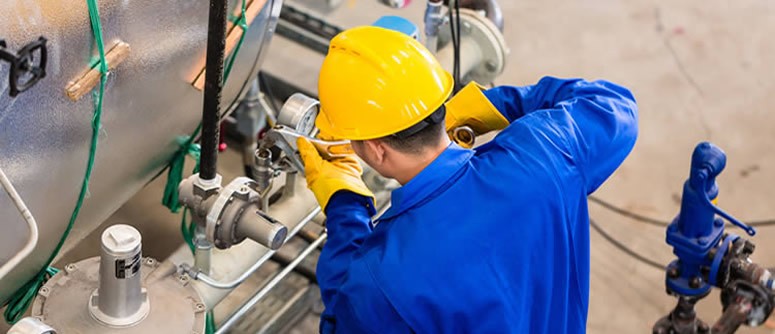Problems of the classic MRO schedule

What would an ideal maintenance schedule look like? First of all, to answer this question, we need to look at the concept of a maintenance schedule. Without getting into long discussions, a maintenance schedule is an arrangement of tools and people. And many engineers rely on shift lengths and specific dates to create a maintenance schedule. And there’s nothing wrong with that, if a reliability engineer at a small pharmaceutical factory developed a maintenance schedule for an 8-hour shift and scheduled it for 5 days, Monday through Friday. In an ideal production facility, all scheduled maintenance and repair work would be completed on Friday night.
But reality is harsher. At most production facilities, the same schedule will be closed, at best, on Sunday by 12 noon. That is, most schedules themselves are doomed and condemn teams of people to do their work on weekends, even for overtime pay (which is also not often seen). I’ve heard of locksmiths sitting around from Monday through Friday, making the appearance of useful activity, but really only working on weekends.
Once in a while it’s not so bad. But the systemic nature of such circumstances accumulates in people irritation, fatigue and, most importantly, disloyalty. Faith in what a person is doing is undermined. And if people do not believe in the TO schedule – it leads to its next failure. And everything repeats itself. Repair staff works hard at weekends, trying to at least partially meet the schedule, and the operations staff gets a half-assed unit by Monday, which will fail by the middle of the week.
One of the biggest reasons for these counterproductive schedules is copying the same unit data year after year. Schedules are not revised to reflect changing conditions. And they change very frequently. Thus, there are enterprises where maintenance schedules have not changed for more than 20 years. These enterprises are hopelessly stuck in the past. Every year, they report on the funds used for repairs. At the same time, the management, seeing the overall picture of some operating profit, draws the false conclusion that the maintenance and repair system has coped with its task and there is no need to change anything. But how much money was spent on emergency downtime, on double pay? After all, how many ruined family weekend plans. The profits could have been much greater, and the people much more loyal and involved.
Also, one big reason for unmet maintenance schedules is the lack of repair personnel access to the repair facility. Because of the operational workload, the process cannot be stopped at the time specified in the schedule. Again, repair personnel stand idle during the day, waiting for a window to appear or for a changeover to partially complete the scheduled work. In this way, time and money are wasted.
Imagine a race track. Every car has a reserve to withstand the stresses. With each lap, that reserve of strength expires. And when the point of failure is reached, the car racer drives to a pit stop and a trained team of mechanics performs the necessary changes to restore most of the car’s ability to withstand the loads.
This is the principle that was implemented by Midwest bottling plant, an American glassware manufacturer. After analyzing its costs for counterproductive MRO schedules, the plant adopted the practice of pit stops. Each week, 1 of the 5 production lines stops for 10 hours. During these hours 18 repairers (three teams of 6 persons each) do all the planned work. All in all, there are 36 repair personnel on staff. 18 of them are left to work on a 3-shift schedule for current maintenance (6 per shift every day instead of 12). This allowed to save on the most conservative estimate 400 000 dollars. At the same time, the efficiency of repair work has increased by 75%.
In the early stages of this project, there was broad support from the top managers, who clearly understood that the existing MRO system had to be transformed or the business would suffer losses.

This is the principle that was implemented by Midwest bottling plant, an American glassware manufacturer. After analyzing its costs for counterproductive MRO schedules, the plant adopted the practice of pit stops. Each week, 1 of the 5 production lines stops for 10 hours. During these hours 18 repairers (three teams of 6 persons each) do all the planned work. All in all, there are 36 repair personnel on staff. 18 of them are left to work on a 3-shift schedule for current maintenance (6 per shift every day instead of 12). This allowed to save on the most conservative estimate 400 000 dollars. At the same time, the efficiency of repair work has increased by 75%.
In the early stages of this project, there was broad support from the top managers, who clearly understood that the existing MRO system had to be transformed or the business would suffer losses.
Midwest bottling plant is a vivid example of courageous actions in the MRO system. Our experts can help your business do the same. We know how to help reduce maintenance system costs while increasing the reliability and stability of your manufacturing assets. Book our advice in repair management and engineering management.



